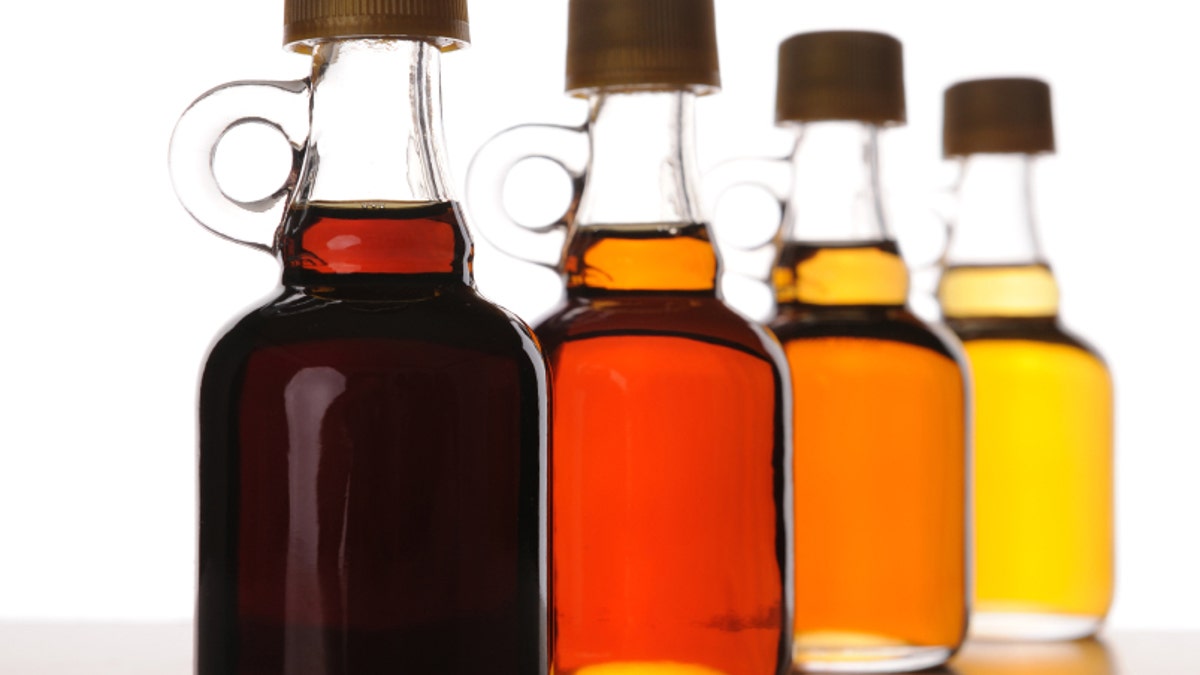
Do you know what type of maple syrup you're really buying? (iStock)
Grading standards for maple syrup have been revised to match international standards, the U.S. Department of Agriculture said Wednesday, and now consumers can have a better understanding of what topping they're buying.
The revisions to the voluntary standards were released Wednesday.
The move comes in response to a 2010 petition from the International Maple Syrup Institute, which represents maple producers in the U.S. and Canada, saying the different grading systems in different states made it confusing to consumers.
"The hope is that it will help producers, too, because it will make it easier for them to market their syrup ... not only domestically but internationally," said Charles Parrott, deputy administrator of the USDA's Agricultural Marketing Service Fruit and Vegetable Program, of the country's $400 million industry.
The revisions do away with the Grade B syrup label and allow for some of that product to fall under the Grade A classification.
Some dark syrup with bold flavor had been labeled as Grade B for reprocessing and not intended for retail sale. But, the USDA said there's more demand for dark syrup for cooking and table use.
The sugar content of the sap drops late in the season, producing darker, stronger flavored syrup.
Grade A will now include four new color and flavor classes for maple syrup: golden color and delicate taste, amber color and rich taste, dark color and robust taste, and very dark and strong taste.
"I think it will be good for the industry as a whole. It puts everybody on the same page, whether it be the consumer, or the producer or the packer," said Kevin Brannen, of Spring Break Maple and Honey in the northern Maine town of Smyrna who is also the vice president of the Maine Maple Producers Association. "So, I think it's going to work out well."
The standards replace the "U.S. Grade B for Reprocessing" classification with a new "Processing Grade" that is not intended to be sold in retail markets and may be used to make other products.
Vermont, the country's largest maple syrup producer, already revised its unique labeling standards from fancy, Grade A medium amber, dark amber and Grade B, to the universal standards, and some other states are following suit.
"As other states, the USDA, the Canadian provinces, and the Canadian Food Inspection Agency all transition to the new grades, we believe the coordination of our entire industry's grading will prove to be beneficial for business," said Matthew Gordon, executive director of the Vermont Maple Sugar Makers' Association.
Since Vermont began adopting the new grading system in 2014, producers have heard supportive comments from customers who like that the new names have a flavor descriptor, he said.
Maine producers who have already changed their labels also are hearing from happy consumers.
